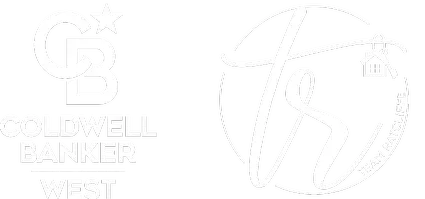Tips for Problem Solving in Your Business

Know the Problem
It can be easy to misidentify the problem in the first place and this is one of the biggest mistakes business owners make commonly. Often this happens when you pinpoint the symptom but not the cause. An extreme example would be if you never gave your employees a day off. They would eventually get burned out, their work would suffer and many would quit. You might misidentify this as a lack of motivation among your staff instead of realizing that no one can work seven days per week indefinitely! To avoid this, try stating the problem as objectively as possible. An example might be “Employees are not as productive as they should be.” In this early stage, you avoid trying to diagnose the reason, which gives you access to the broadest base of solutions.
Talk to Stakeholders
In the admittedly absurd example above of employees who work 365 days per year, you would avoid misdiagnosing the source of the problem by simply asking them what the issue was. Once they explained that they need to work regular five-day weeks like everyone else, you could quickly put this solution into place. Of course, understanding the issue is usually not this straightforward, but talking to the people closest to the problem and with the most immediate stakes in it can give you the insight you need to find a solution.
A more realistic example might involve issues with a fleet’s efficiency and safety. You might wonder whether the problem is with the quality of the drivers or your processes, but if you speak to the fleet manager, they might suggest dash cams to help with monitoring, coaching, and tracking driver behavior. What’s important in this step is that you talk to everyone affected and get feedback about potential solutions. Find out what would be optimal for them. You may not be able to come to a solution that suits everyone, but this information will still be useful to you in the evaluation stage.
Brainstorm and Evaluate
With the data you’ve gathered, it’s time to brainstorm ideas without judgement. Depending on the situation and the structure of your business, you might do this on your own or as part of a team. Once you have created a substantial list of potential ideas, start evaluating each one as objectively as you can. You might assign various criteria or make pro and con columns for each one. This can help you make the optimal choice.
Plan for Evaluation
A fatal flaw for those who make it this far is failing to identify a way to evaluate the plan at a later date. This can lead to a situation where you not only put into motion a solution that is ineffectual but you are still stuck with the original problem. An effective plan for evaluation needs to be as specific as possible.
You need to identify a certain amount of money saved or a certain number of units shipped by a certain date. You also need a plan for what you’ll do if you fall short. This will include having to go back to the drawing board in terms of coming up with something new, but you’ll presumably have more data at this point to help you make your decision. Be sure that, in addition to going back to your original brainstormed list, you consider the possibility that you might have misidentified the true problem way back in step one.
The post Tips for Problem Solving in Your Business appeared first on SDNews.com.
Categories
GET MORE INFORMATION


